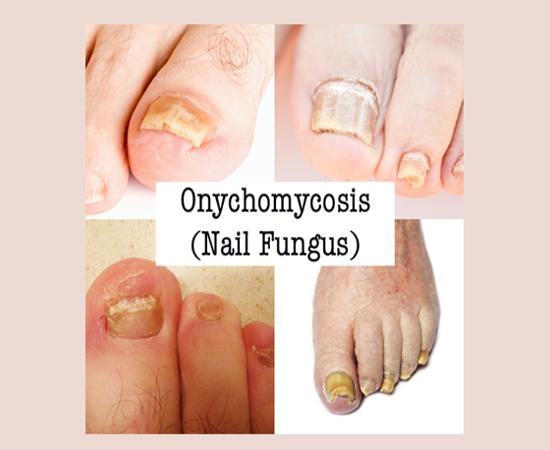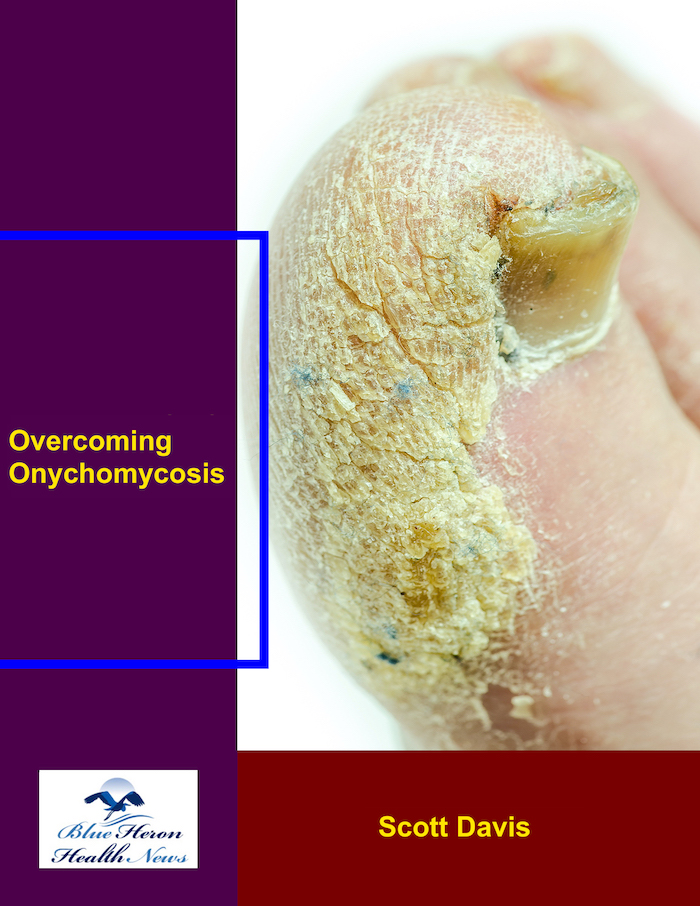How to Treat Onychomycosis – Nail Fungus Effectively
Dealing with onychomycosis, commonly known as nail fungus, can be a frustrating and embarrassing experience. However, with the right treatment and care, you can overcome this condition and restore the health of your nails. In this article, we will explore various strategies and methods for effectively treating onychomycosis to help you achieve clear and healthy nails.
The Benefits of Seeking Treatment for Onychomycosis
Before delving into the details of onychomycosis treatment, let’s first understand the benefits of addressing this issue proactively:
- Regain confidence in the appearance of your nails
- Prevent the infection from spreading to other nails or individuals
- Relieve discomfort or pain associated with fungal nail infections
- Improve overall foot and nail health
Understanding Onychomycosis – Nail Fungus
Onychomycosis is a fungal infection that affects the nails, most commonly occurring in the toenails. It can lead to discoloration, thickening, and brittleness of the nails, causing aesthetic concerns and potential discomfort. Treatment for onychomycosis of nails typically involves antifungal medications, topical solutions, or in severe cases, surgical intervention.
It is essential to consult a healthcare professional to determine the most suitable treatment approach based on the severity and nature of the infection.
Frequently Asked Questions About Onychomycosis Treatment
1. What are the common signs of onychomycosis of the toenails?
The common signs of onychomycosis include yellow or white discoloration of the nails, thickening, brittleness, and a distorted nail shape.
2. How long does it take to see results from treatment for onychomycosis toenail fungus?
The timeline for seeing improvement varies depending on the treatment method used and the severity of the infection. In general, it may take several weeks to months to observe visible results.
3. Are there any natural remedies for onychomycosis of fingernails and toenails?
While natural remedies like tea tree oil or coconut oil may have antifungal properties, consulting a healthcare provider for professional treatment is recommended for effective management of onychomycosis.
4. Can onychomycosis of toenails be prevented?
Practicing good foot hygiene, wearing breathable shoes, and avoiding walking barefoot in public areas can help reduce the risk of developing onychomycosis. Regularly trimming nails and keeping feet dry can also be beneficial.
5. Is onychomycosis contagious?
Yes, onychomycosis can be contagious, so it is important to take precautions to prevent its spread, such as not sharing nail clippers or footwear with infected individuals.
Conclusion
Overcoming onychomycosis – nail fungus may require patience and consistent treatment, but with the right approach, you can achieve healthy and clear nails. By seeking professional guidance and following recommended treatment guidelines, you can effectively manage this condition and prevent its recurrence. Remember, the key to successful treatment is early intervention and persistence in caring for your nail health.


